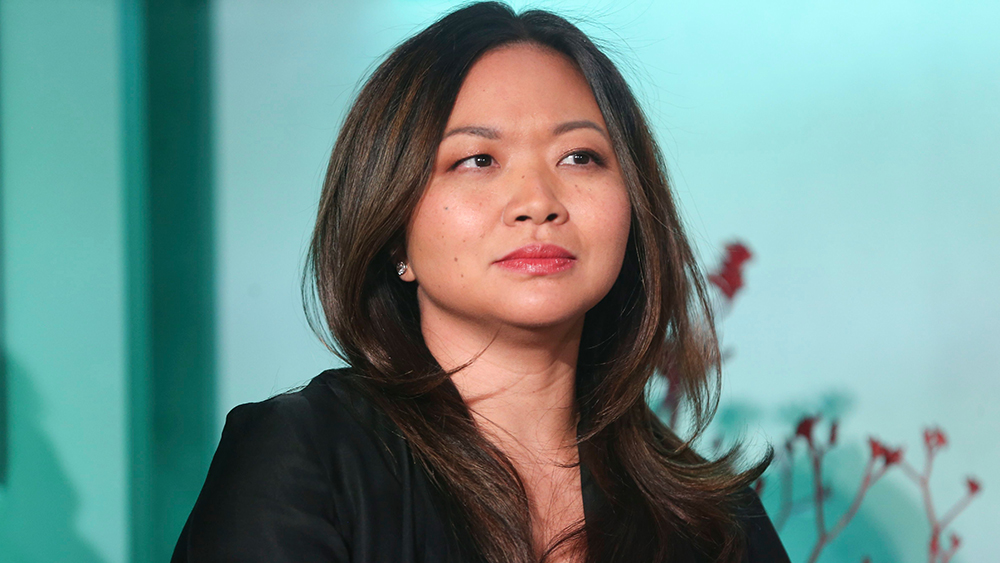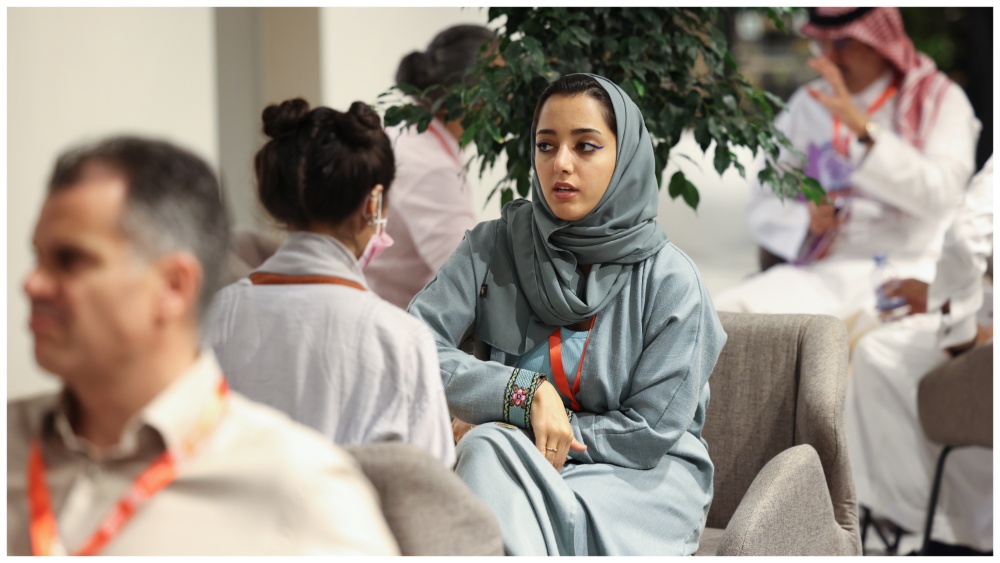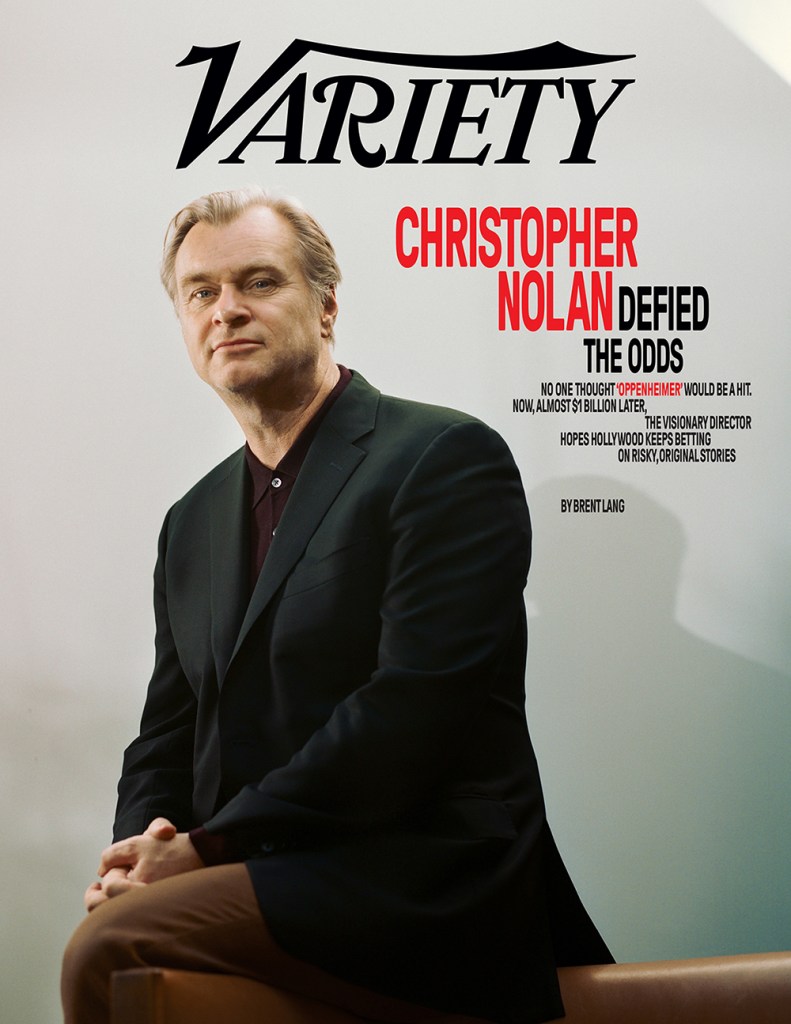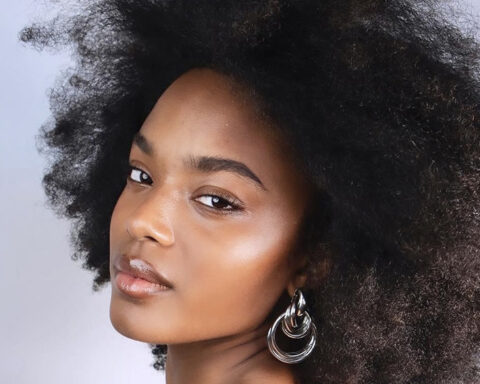
Adele Lim, the screenwriter behind “Crazy Rich Asians” and Disney’s “Raya and the Last Dragon” animation, says that the opportunities for Asian filmmakers are growing as Hollywood is becoming more receptive to international talent.
“[In Hollywood] I felt that I was disadvantaged, coming from Malaysia. It is not the cultural nexus,” said Lim, whose infancy was in Malaysia, before her family moved to the U.S. “Later I realized the multicultural advantages of Asia.”
Lim, who also recently directed her first movie “Joy Ride,” was speaking at an on-stage event Wednesday in Taipei as part of the Taiwan Creative Culture Fest (TCCF), an annual convention and market for film and TV content and for story tech products.
“[When I arrived in Hollywood] “Flower Drum Song” and “Joy Luck Club” had preceded me. But there were few Asian writers. Hollywood was very masculine. Very white [..] There was this idea in America that Asians cannot be the hero of the story.
She explained to the largely Asian, indie crowd about the structural differences between film, TV and indie sectors and how, unlike in Asia, screenwriting can be a lucrative profession within the Hollywood studio system. “TV is a writer’s medium. Film is a producer’s and director’s place,” she said, also explaining that Hollywood’s time-honored systems can also be restrictive.
A U.S executive wanted to cut out the opening scene of “Crazy Rich Asians” in which the Singapore family is snubbed at a London hotel, arguing that it is not part of the main story, Lim explained. “In that scene the young Henry Golding got to witness his mother using her power. Yet the story lead, Constance Wu’s character, Rachel, is not in that scene.”
Lim successfully argued to retain the unusual script move that had been retained from the original novel. “I knew where it came from. It came from a place of wanting to show the world that no, we [Asians] are people to be taken seriously. The importance and significance of the opening scene is that we have also empathy to these characters. It’s easy to dismiss rich characters because they have money. But their struggles are also our struggles.”
The book had too much exposition and dialog to be directly transposed into a film script, and so shortcut scenes had to be invented. One was around a game of Mahjong. Another was a dumpling-making scene that was employed to show family bonding around food and also establish conflict between Rachel and her potential mother-in-law.
“We were asking [the studio] to take all sorts of risks. And bet that our culture would work elsewhere,” said Lim.
Those bets on the portrayal of Asian culture in Hollywood film and TV shows seem less outlandish today than they did even five years ago when “Crazy Rich Asians” was completed.
Asian faces and stories have edged into the mainstream, and casting stereotypes loosened, in the past five years thanks to films such as “Searching,” “Parasite” and “Everything, Everywhere All at Once” and TV shows such as “Squid Game.”
“The streamers have flattened our world,” said Lim. “The industry is at an inflection point. It is no longer dominated by [the culture of] one or two countries. There are troves of untapped stories. Asian stories have cross cultural appeal.”
“Everyone is now watching Korean TV series,” Lim said, due to their emotional resonance. “The more that you lean into the cultural specificity, the more other people are intrigued.”
That may be why Lim is currently being sought out to write American adaptations of several completed Asian indie films.







